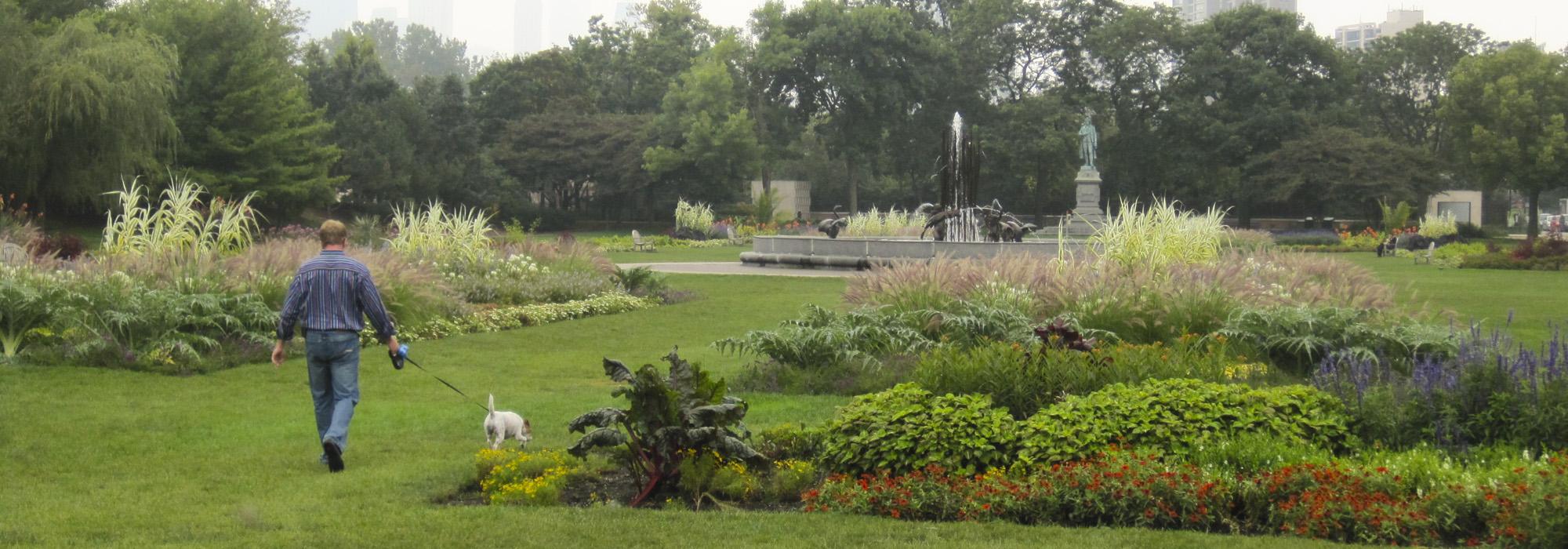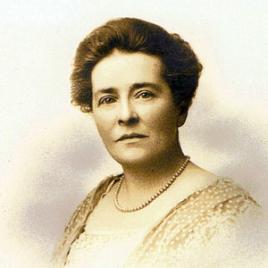Pioneer Information
A native of Cooperstown, New York, McCrea and her husband frequently relocated in an attempt to improve his health. Following her husband’s death, she took over his wholesale nursery business in Kalamazoo, Michigan, in 1892. There McCrea designed the grounds of the Castle, the home of prominent resident Frank Henderson. In the late 1890s she moved to Chicago, where she participated in civic improvement associations and worked briefly at Lincoln Park. Around 1900 McCrea became chairperson of the Committee on Railroad Grounds of the American Park and Outdoor Art Association. After it merged with the American Civic Association in 1904, she continued for another four years as vice president of the Department of Railroad Improvements. McCrea remained on the Civic Association’s executive committee until 1913. While the majority of her work prior to 1910 consisted of the design of railroad station grounds, she also planned civic cleanup and improvements in Tomahawk, Wisconsin, as well as a park drive along the Wisconsin River for the Bradley Company, the town’s developer. Although her railroad work mostly ended by 1910, McCrea remained in Chicago, increasingly focusing on civic improvement. Prior to moving to De Pere in 1917, she introduced 2,000 shrubs to St. James Park in Green Bay and developed plans for Riverside Park in De Pere in 1911. McCrea planned the station grounds in De Pere for the Chicago & North Western Railroads in 1916, and supervised the planting of a row of elm trees on each side of a new highway between Green Bay and De Pere. She was also the landscape architect for the Michigan College of Mines, a normal school, prison, and numerous residences, including the Braebourne estate in Allouez, Wisconsin (1922). McCrea died in Minneapolis at the age of 70.





